If you are writing a college essay, resume or cover letter, you will benefit from this grammar tip on structuring sentences using correlative conjunctions. A correlative conjunction is a conjunction used with another conjunction that is necessary to complete the thought.
“Both/and” is a popular correlative conjunction pair. (Other common examples are either/or and not only/but also.) The word “both,” when used as a correlative conjunction, is always paired with the word “and.” For example, “I like both John and his dad.”
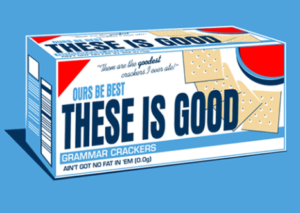 Here’s the tricky part of correlative conjunctions: The objects or actions they refer to, i.e., the items that fall both before and after the second conjunction (in this case “and”) MUST be parallel in construction. They must, for example, be two nouns or two verbs or two of the same SOMETHING.
Here’s the tricky part of correlative conjunctions: The objects or actions they refer to, i.e., the items that fall both before and after the second conjunction (in this case “and”) MUST be parallel in construction. They must, for example, be two nouns or two verbs or two of the same SOMETHING.
In the examples above, “John” and “his dad” are both nouns and are thus parallel; “before” and “after” are both prepositions and are thus parallel. Here are some more correct ways to use “both/and”:
CORRECT: That day I saw both the sunrise and the sunset. [“the sunrise” is parallel to “the sunset.”]
CORRECT: That day I saw the sun both rise and set. [“rise” is parallel to “set.”]
What people often do is to insert their conjunctions in the wrong place.
Fix-it Example #1:
INCORRECT: Why is it so hard to accept that someone can both be a woman and a doctor?
See how the phrase after “both” (“be a woman”) is not parallel to the phrase after “and” (“a doctor”)? “Be a woman” is a verb phrase, but “a doctor” is a noun phrase.
How can we fix it? Just move the word “both”:
CORRECT: Why is it so hard to accept that someone can be both a woman and a doctor? [“a woman” is parallel to “a doctor.”]
Fix-it Example #2:
INCORRECT: I was interrogated for hours both in Italian and English. [“in Italian” is not parallel to “English.”]
CORRECT: I was interrogated for countless hours in both Italian and English. [“Italian” is parallel to “English.”]
Fix-it Example #3:
INCORRECT: I’ve always been committed to progress both in my knowledge and skills. [See the error?]
CORRECT: I’ve always been committed to progress in both my knowledge and my skills. [“my knowledge is parallel to “my skills.”]
Fix-it Example #4
INCORRECT: I realized I could use this skill both to help myself and the entire student body.
CORRECT: I realized I could use this skill to help both myself and the entire student body.
These errors are often hard to catch in your own writing. They are extremely common! I recommend doing a search for the word “both” in your document. Did you use your correlative conjunctions correctly? Let us know what you found!
Need more writing help? Contact The Essay Expert for a FREE 15 minute consultation.


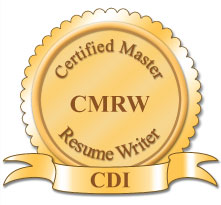
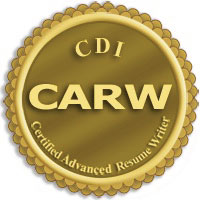
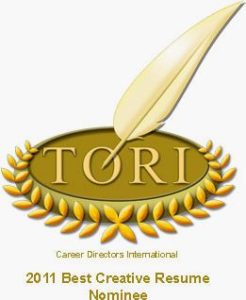
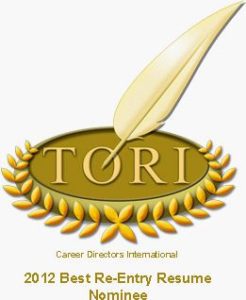
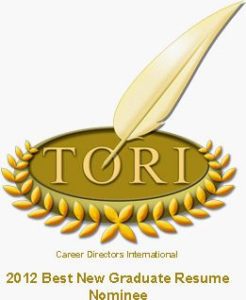
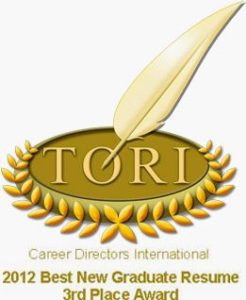
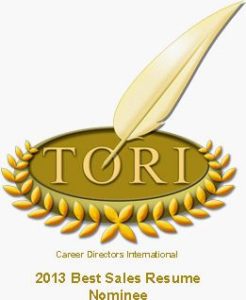
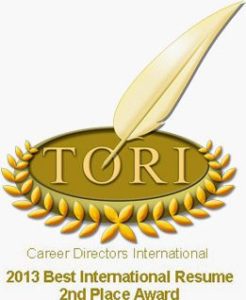

You have a nutritional AND grammatical conundrum there Beth! A list of three items can no longer begin with “both.” As for your nutritional conundrum, have you tried patty cakes?
Nice addressal of a useful yet obscure practice Brenda. I use this type of construction often in my commercial copy. I’ve found that it simply makes conveying the sense of breadth and versatility some products or services have easier to do and with fewer words.
You have a nutritional AND grammatical conundrum there BeeGee! A list of three items can no longer begin with “both.” As for your nutritional conundrum, have you tried patty cakes?
Thank you, Brenda! You’ve pointed to details that are indeed difficult to catch in your own writing. Makes perfect sense!